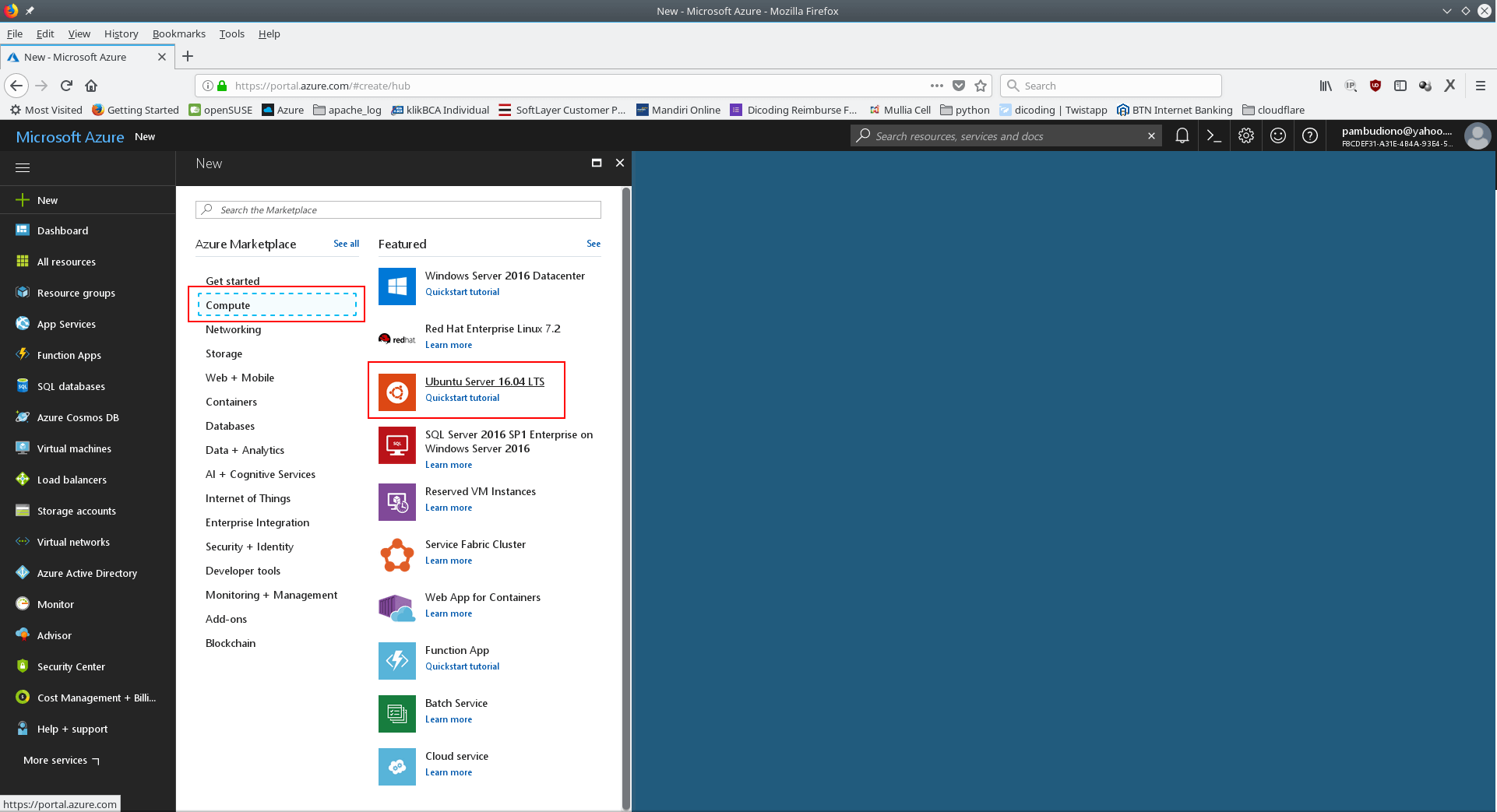
I have also configured the VLAN interface on the switch and configured it with the IP address 10.0.40.1/24. The link connected from the ESXi host to the switch is a trunk port, and it carries multiple VLANs as tagged.Īs you can see, in the vSwtich0, I have configured a port group called VMNetwork with VLAN 40 as tagged. The only difference is the ESXi management traffic on a different VLAN- VLAN100 and the VM traffic will be on a separate VLAN – VLAN40. We will use an ESXi host with a default network configuration for this lab. Proceed with the Ubuntu server 20.04 installation on Esxi.

Configure the Ubuntu virtual machine resources. Ubuntu server 20.04 downloaded – You can follow the article here to download the Ubuntu faster.After the VM deployment, I can access the Ubuntu machine from the management PC as the inter-vlan communications are enabled. The management PC is connected to the same switch, and I can manage the ESXi GUI from the management PC. In my setup, the management VLAN is VLAN 100 to access ESXi web GUI or SSH, and the VM VLAN, VLAN 40, which provides network access to the virtual machine. I have a layer3 switch connected to the ESXi host, and that link is configured as a trunk carrying multiple VLANs. After the installation, we will ssh into the Ubuntu remotely and check the internet connectivity and the other virtual machine in the same network.

In this blog, we will install Ubuntu Server 20.04 on ESXi. We have covered plenty of blogs about how you can install Ubuntu server 20.04 on various hypervisors. In my case, I was going to build a home lab in ESXi with a firewall and everything, and for a small webserver, I would want to install Ubuntu server 20.04 in ESXi.


Though the performance was not so great compared to the bare metal KVM, you can get the job done. When I started with KVM, I initially installed the Ubuntu server on the ESXi with the help of Nested virtualization, I could spin up Virtual machines inside the Ubuntu KVM host Play around with it. You could also use it as an FTP server, mail server, and so on. Maybe you want to run a web server in your environment and allow access to end-users. Ubuntu server is the common Linux operating system found in most server infrastructures.


 0 kommentar(er)
0 kommentar(er)
